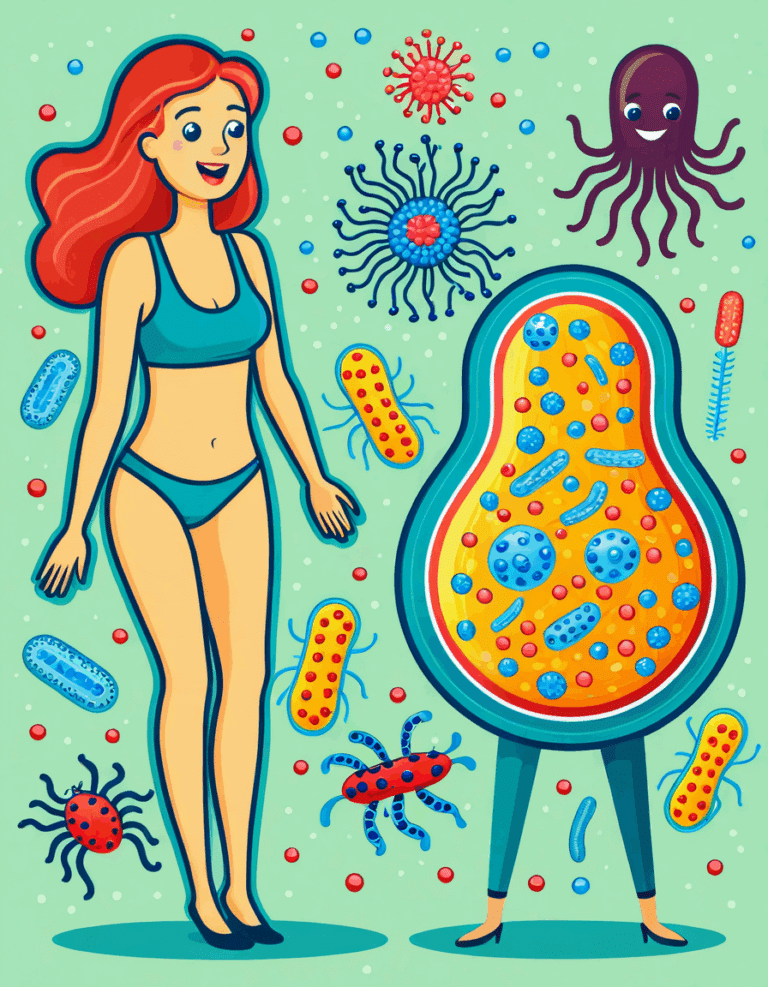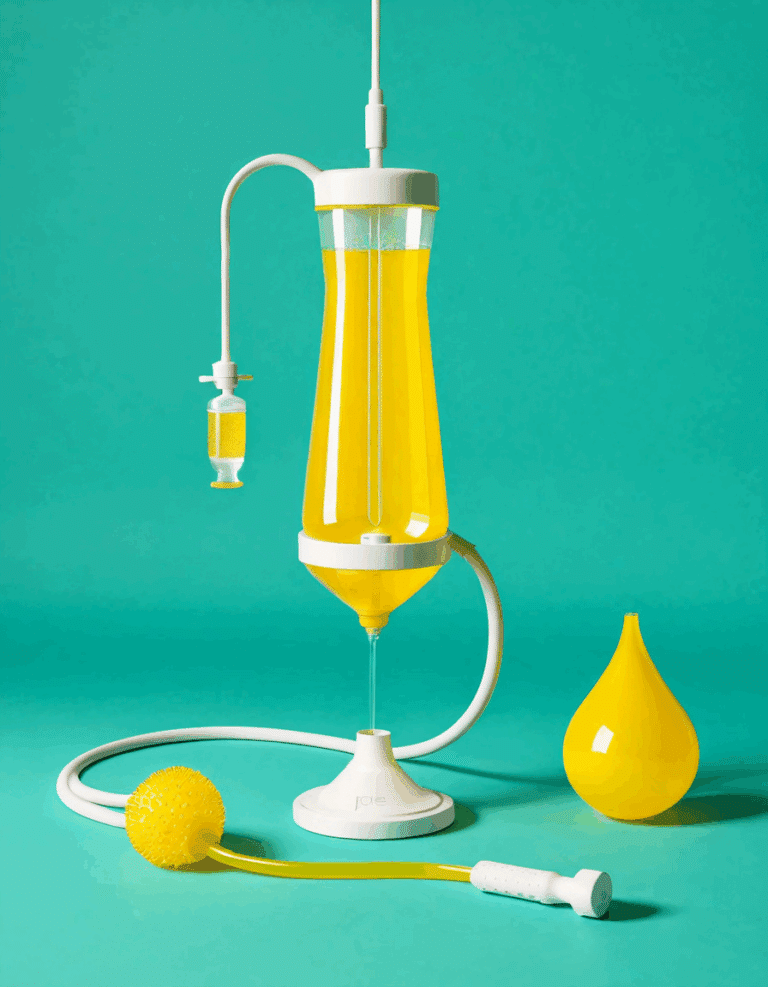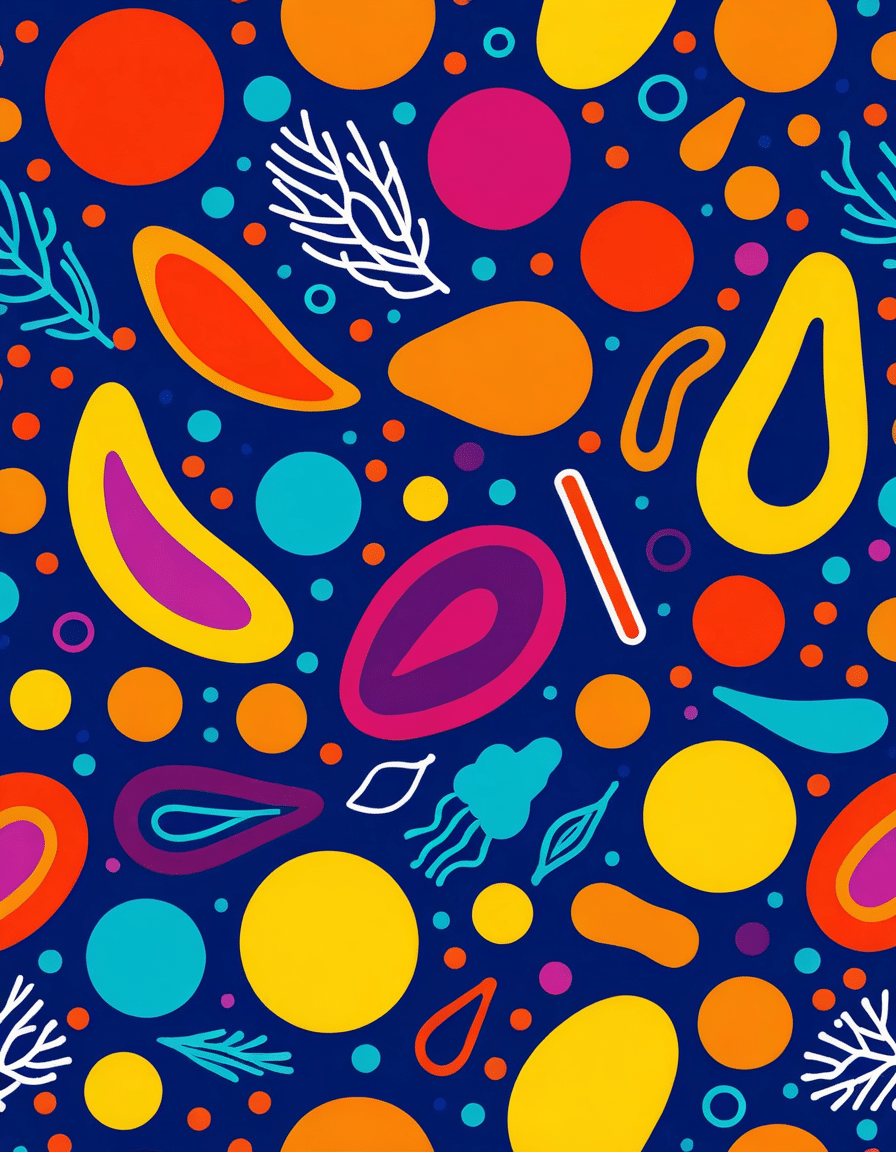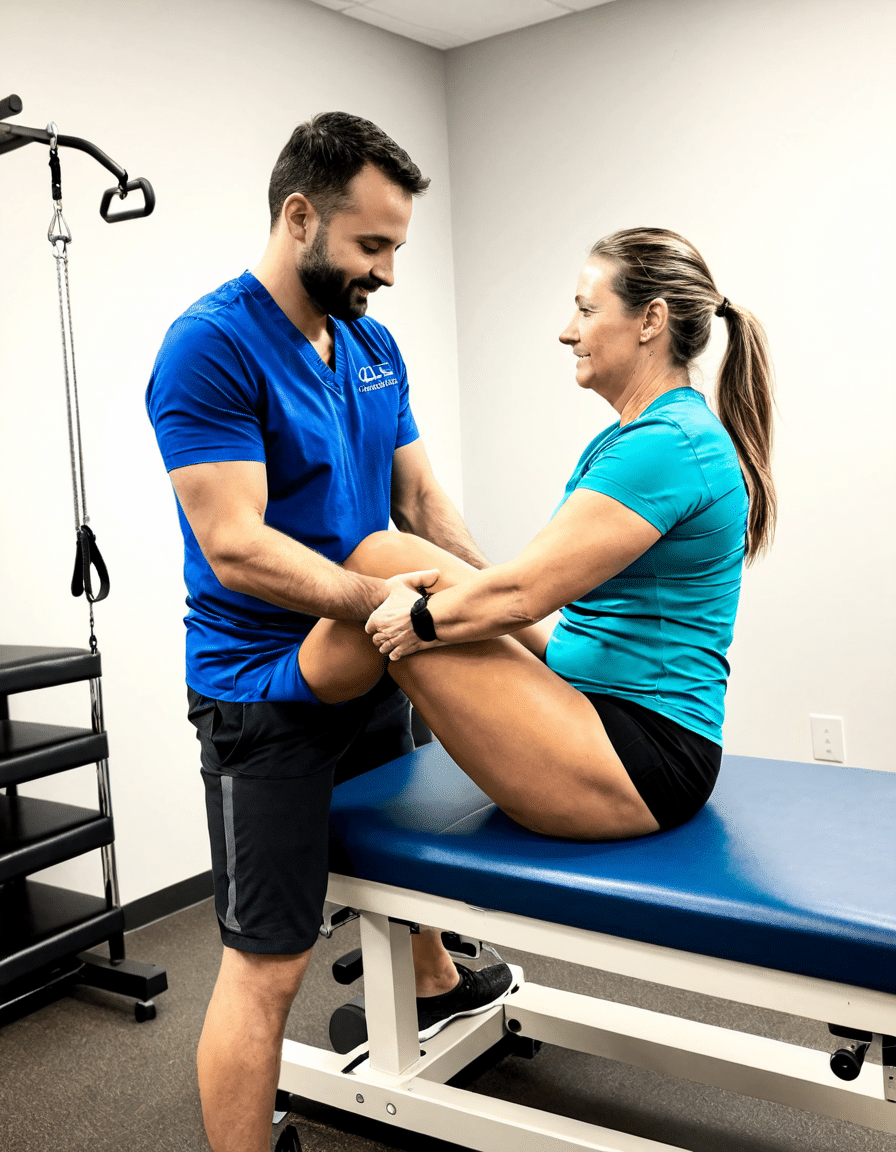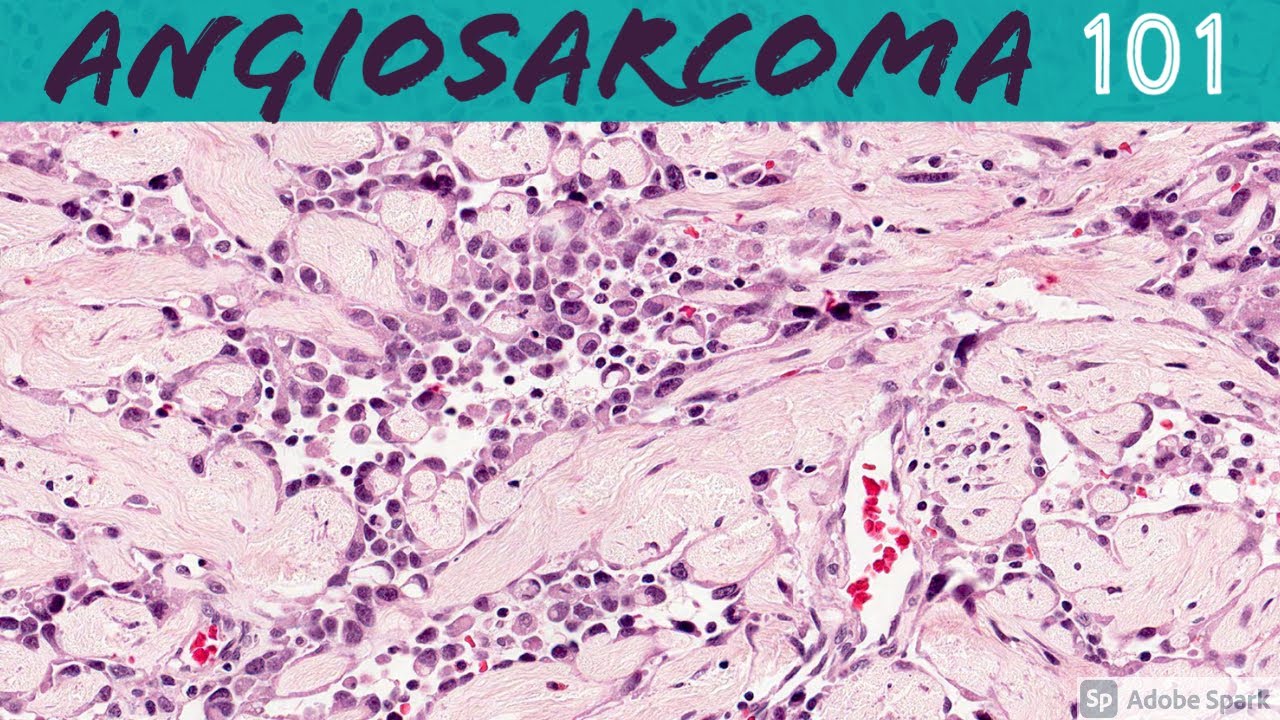
Understanding Angiosarcoma: What You Need to Know
Angiosarcoma is a rare but aggressive form of cancer that originates from the endothelial cells lining blood vessels and lymphatic vessels. While it can pop up in different parts of the body—like the skin, breast, liver, and spleen—its complexity often leads to delayed diagnosis. That’s right; catching this beast early can make a meaningful difference in treatment outcomes. For those of you who are serious about your health and fitness, knowing about angiosarcoma can empower you to act quickly if symptoms arise. Ignorance isn’t bliss when it comes to your health!
Now, the pathology of angiosarcoma is tricky. It can grow rapidly and show various symptoms, making it crucial for patients and caregivers to stay vigilant. So, let’s turn knowledge into power. Recognizing the early warning signs can literally be your lifeline. And believe me, that’s what we’re all about here at Chiseled Magazine—staying sharp and in fighting shape!
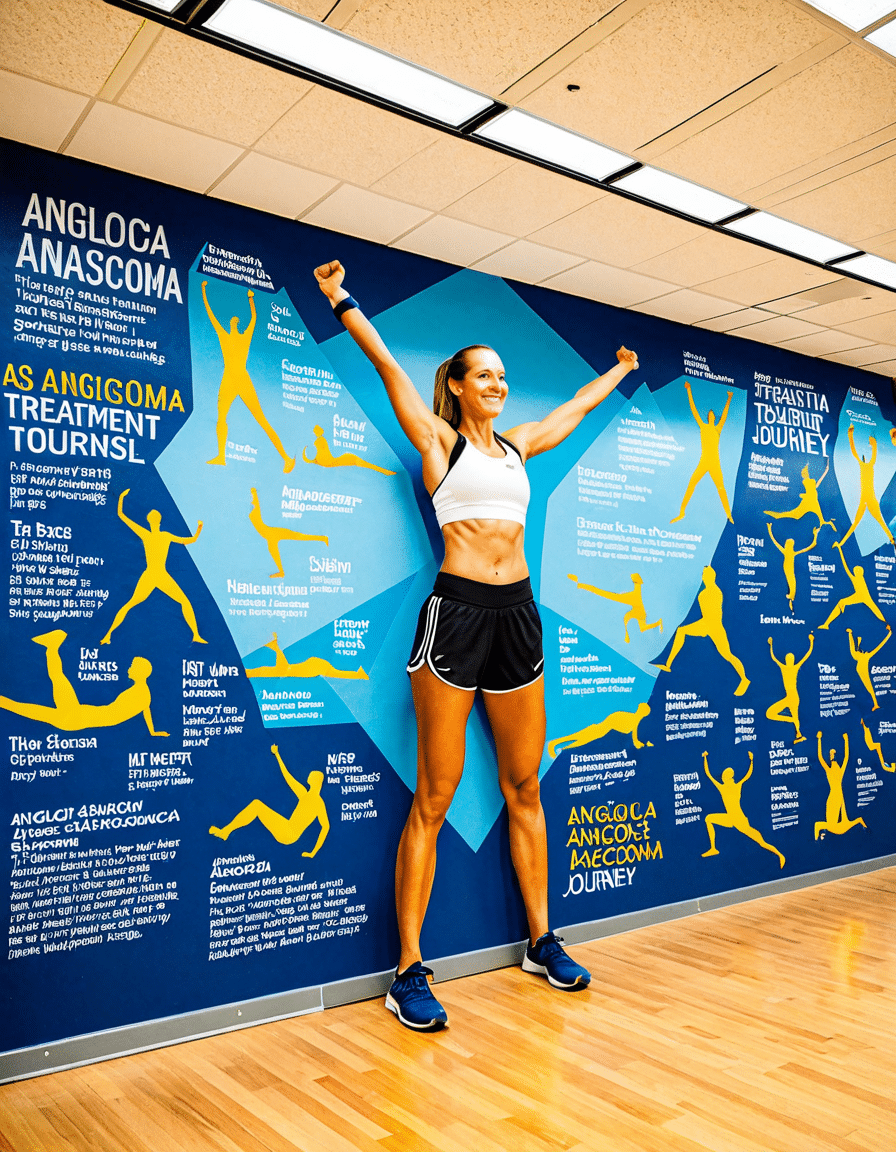
7 Notable Symptoms of Angiosarcoma You Shouldn’t Ignore
Awareness is key! Being able to spot the signs of angiosarcoma can make all the difference. Here are seven symptoms to keep on your radar:
Have you ever noticed those random purple or red spots on your skin? Often dismissed as normal bruises, they could signal something far more serious. Just look at a case involving a 45-year-old woman who thought she had nothing more than a hematoma, but turned out she was battling angiosarcoma. Don’t let a lack of awareness put you in the same boat!
Experiencing localized pain that doesn’t seem to budge? Don’t ignore it! A 58-year-old man went through significant episodes of pleurodynia, which were initially brushed off as muscular pain, only to later find out it was angiosarcoma. Pain is your body’s way of waving a red flag!
If you notice any lump or bump that seems to grow quickly, get it checked out. A 60-year-old man had a rapid enlargement in his left breast, which was eventually diagnosed as breast angiosarcoma. Tumors growing at an alarming rate are never something to shrug off.
Localized swelling can catch you off guard, and it can be more than just a pulled muscle. For instance, a 32-year-old woman had swelling in her extremities, which prompted further investigation and led to an angiosarcoma diagnosis. Stay vigilant—self-examinations can go a long way!
You ever feel just plain exhausted, like you can’t shake off the tiredness? This symptom is all too common and resonates with many patients undergoing treatment for different cancers, including angiosarcoma. Listen to your body; fatigue is not something to roll your eyes at.
Pay attention if you start dealing with irregular heart rates or gastrointestinal issues. Some angiosarcoma patients also experience dysautonomia, complicating their overall treatment. Knowledge is everything in the fitness community—don’t let it slip when it comes to your health!
You might notice changes in your skin, like the texture becoming rough or lesions that just won’t heal. Those persistent patches could be linked to angiosarcoma. Remember, your skin reflects your inner health!
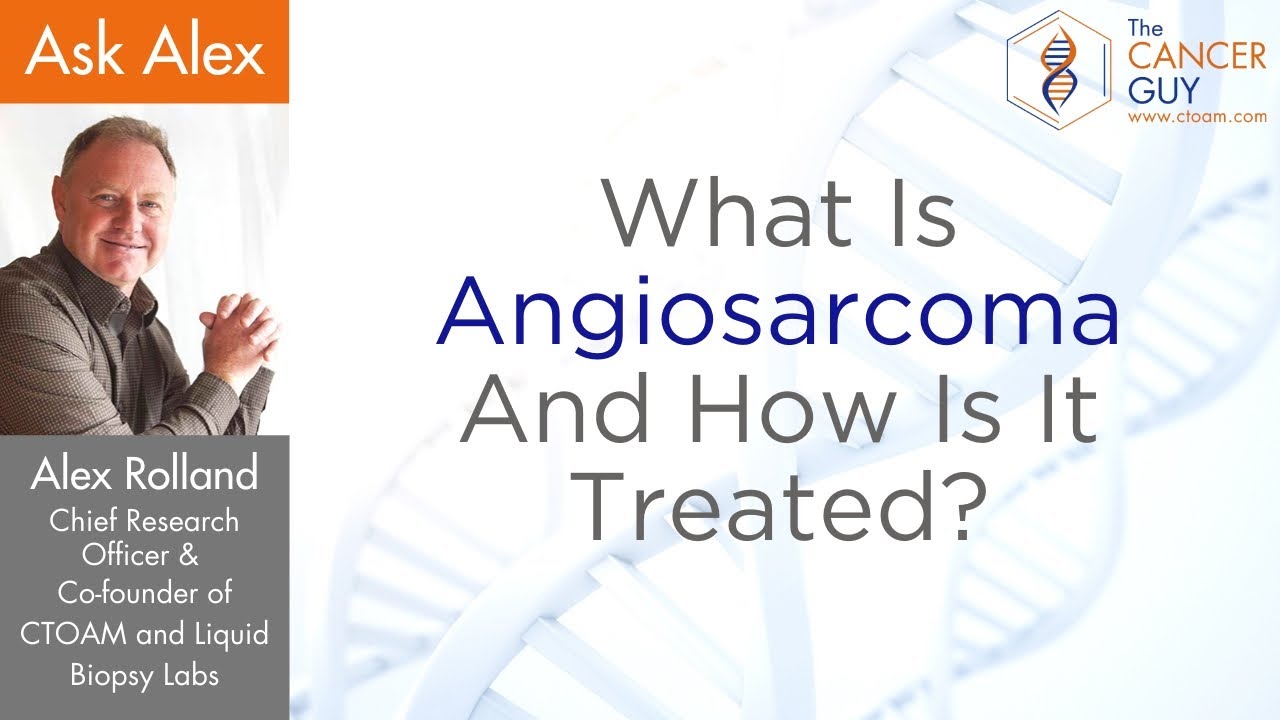
Treatment Options for Angiosarcoma: A Comprehensive Overview
When it comes to angiosarcoma, it’s not just about catching it early; knowing the treatment options can be life-changing. Here’s a rundown of what’s available:
1. Surgical Options: The First Line of Defense
Surgery often takes center stage when it comes to treating localized angiosarcoma. The complete resection of the tumor can offer the best shot at a cure. Take the significant operation performed on a 50-year-old woman who had a large angiosarcoma in her scalp. That surgery helped get her back on track!
2. Radiation Therapy: Collaborative Management
Sometimes, surgery isn’t enough. Radiation therapy often steps in as a backup plan when a tumor can’t be fully removed. A 36-year-old male had recurrent angiosarcoma managed effectively with radiation. Each treatment modality complements the others and keeps you fighting.
3. Chemotherapy: Targeting Aggressive Cells
Chemotherapy has taken center stage in treating aggressive cancers, including angiosarcoma. Doxorubicin is a tried and tested drug that often comes into play. Recent studies show that a mix of Doxorubicin and Docetaxel can boost the prognosis for patients. It’s like mixing the ultimate protein shake for your cells!
4. Targeted Therapy: A New Frontier
We’re diving into innovative territory with targeted therapies that inhibit angiogenesis. Drugs that act on the Vascular Endothelial Growth Factor (VEGF) are currently being studied and have shown promise in specific cases. Personalized treatment could redefine the future for angiosarcoma patients.
5. Eutirox in Management
While it’s not the go-to for angiosarcoma specifically, some studies have explored the role of Eutirox in managing the overall health of cancer patients. Maintaining metabolic stability can be as crucial as tackling the cancer itself!
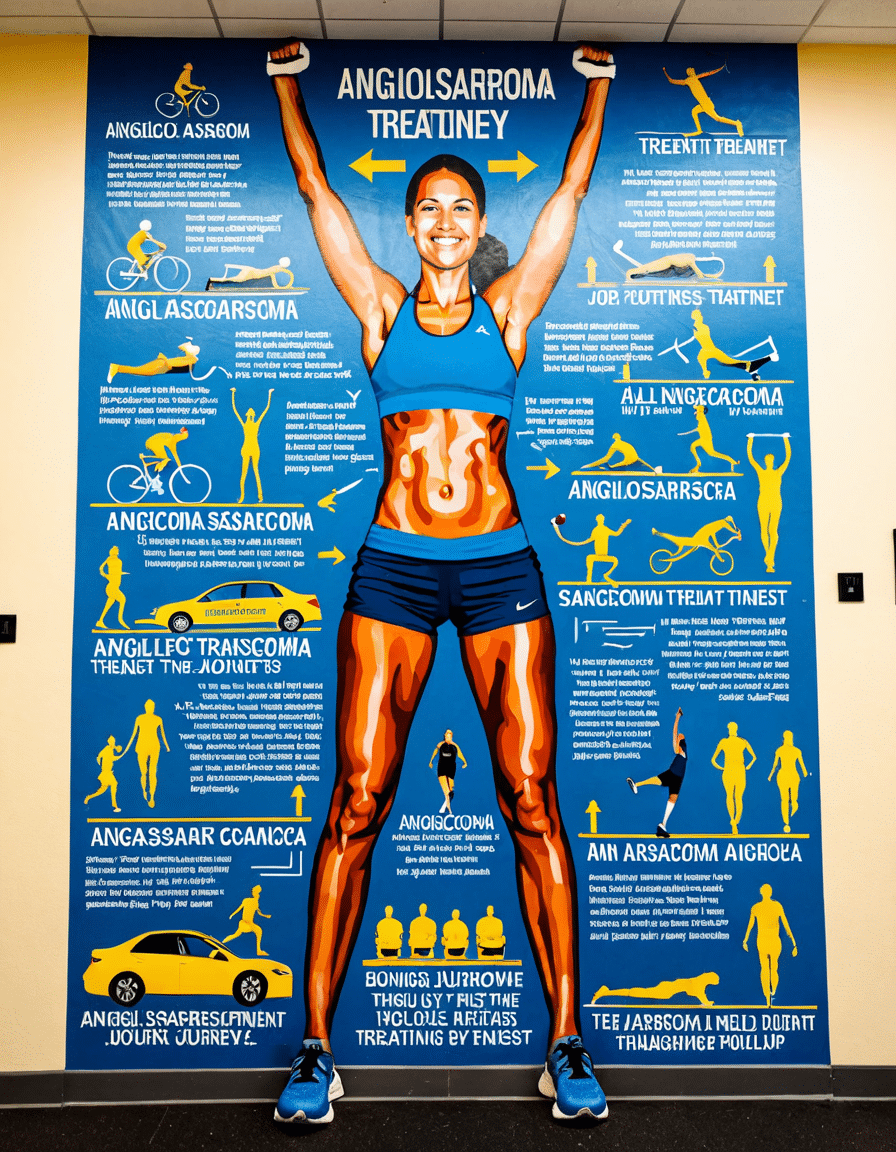
Living with Angiosarcoma: Coping Strategies and Support
Coping with angiosarcoma is more than just tackling it head-on—it’s also about mental and emotional well-being. Support groups for cancer patients have been shown to provide a sense of community. Just ask survivors like Lisa, who have highlighted their networks as invaluable during tough times, especially when navigating side effects like polydipsia and dysautonomia.
Integrating a positive mindset can empower you to seek out those support systems. Talk about staying mentally shredded, right? Meditation, light exercise, and counseling can all contribute to emotional resilience. You’re not just a statistic; you’re a warrior!
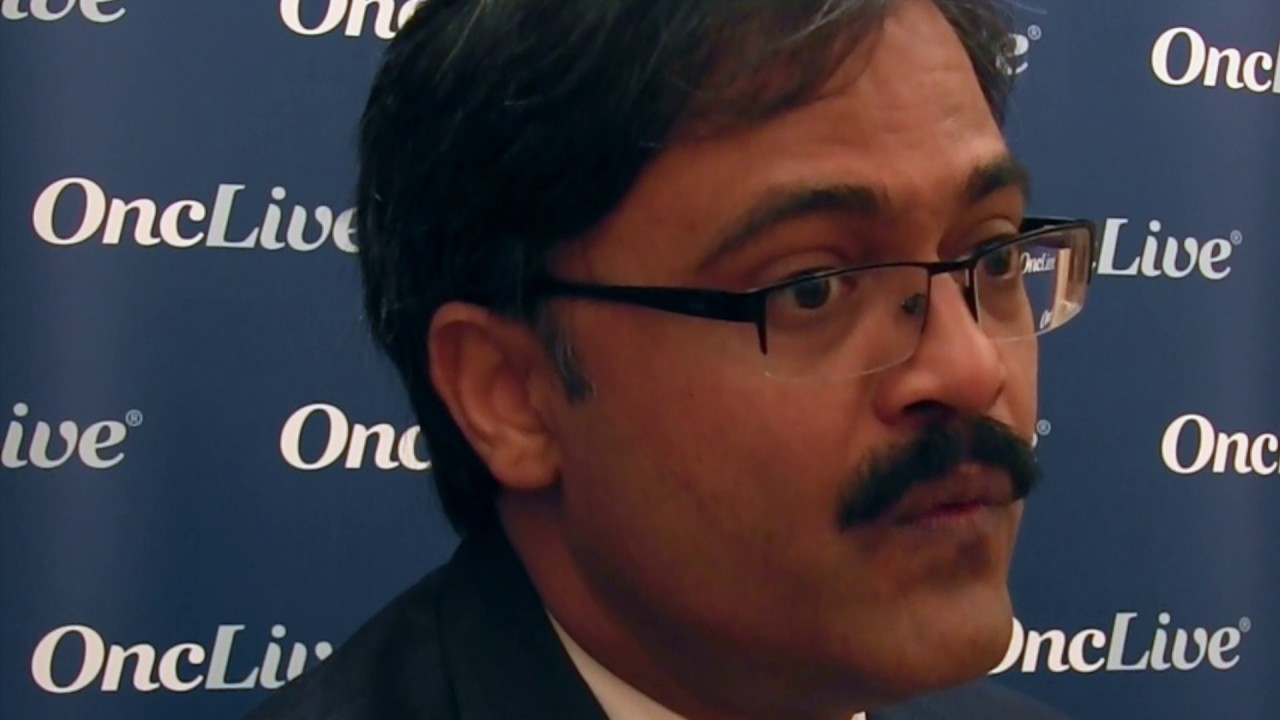
Innovative Treatment Avenues: The Future of Angiosarcoma Care
As we fast-forward towards 2026, the future of angiosarcoma treatment looks tantalizingly promising! Clinical trials are diving deep into immunotherapies and personalized medicine. They may just give patients a fighting chance tailored to their specific needs.
Though angiosarcoma presents unique challenges due to its aggressive nature, letting fear take hold isn’t an option. Stay educated and empowered! Early recognition, effective multidisciplinary treatment, and strong support networks can drastically improve outcomes. Keep your head up and grab every opportunity for better health—because looking great and feeling fantastic is where it’s at!
Be vigilant and motivated, and don’t overlook those early signs of angiosarcoma! Remember, your body is your most important asset, and it deserves the best care possible. Are you ready to fight for your health? Let’s get shredded together and take control of our lives!
Angiosarcoma: Trivia and Insights
What is Angiosarcoma?
Angiosarcoma might sound like a name out of a sci-fi novel, but it refers to a rare and aggressive cancer that forms in the lining of blood vessels. Fun fact: although angiosarcoma can occur anywhere in the body, it’s most commonly found in the skin and breast. The skin version might resemble a bruise or a sore that doesn’t heal—definitely not something you should ignore! Speaking of bruises, have you ever tried a warm compress for relief? Though it won’t cure angiosarcoma, it can soothe everyday aches and pains.
Fun Facts About Diagnosis and Symptoms
Did you know that angiosarcoma is often mistaken for less severe conditions? Symptoms can mimic common ailments, which can lead to delays in diagnosis. People often experience swelling, discomfort, or even a bump that can be misidentified as something else. This is a critical time to get informed and aware of your health! Interestingly, Melanonychia, the darkening of the nails, has been reported in certain cases of angiosarcoma. So, keep an eye on those nails, folks! If you’re looking for something artsy to express yourself, consider trying out some vellum paper for decorative crafts while you wait for your doctor’s appointment.
Treatment and Prevention
When it comes to treatment for angiosarcoma, surgery is often the go-to, but chemotherapy and radiation may also come into play. Prevention, however, is best done through awareness. Recognize the signs early on! Speaking of being proactive, how about a cold brew recipe to keep your spirits high during tough days? Plus, regular check-ups can catch any unusual changes early on, making it crucial for your overall health. Fun trivia: did you know that even celebrities, like John Kennedy jr., faced their health battles? It just goes to show that no one is immune to health issues.
In the grand scheme of things, knowledge is power, especially when it comes to a rare condition like angiosarcoma. So let’s stay informed and proactive—you never know when a little information might come in handy! And hey, if you find yourself feeling low or needing to unwind, snag a chainsaw man figure for some comic relief—who knows, it might just bring a smile to your face!




